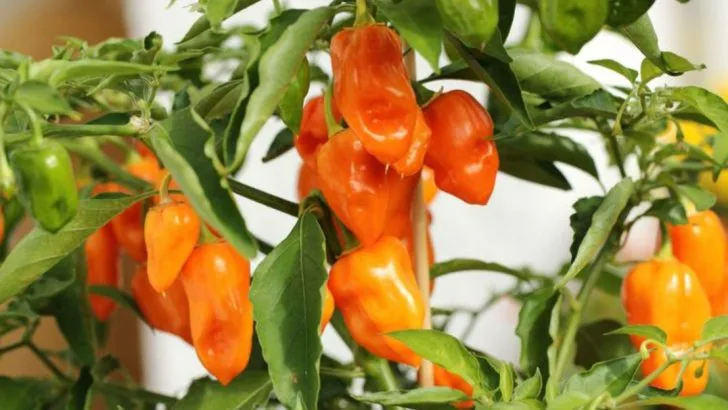Your peppers are dragging their feet. You’re out there watering, feeding, cheering them on— and they’re just… sitting. Green. Stubborn. Empty-handed. Meanwhile, your neighbor’s plants are already bursting with fiery reds and golden yellows. Jealous? Maybe just a little. But mostly you’re wondering: What gives? The truth? Peppers aren’t slow by nature. They’re just fussy. Give them the right boost, and they’ll take off like rockets. Mess it up, and they’ll sulk all season. The secret lies in timing, soil quirks, and a few spicy tricks growers swear by. No more waiting, no more begging. It’s time to kick those peppers into gear—fast, hot, and loaded with fruit.
Start with Quality Seeds
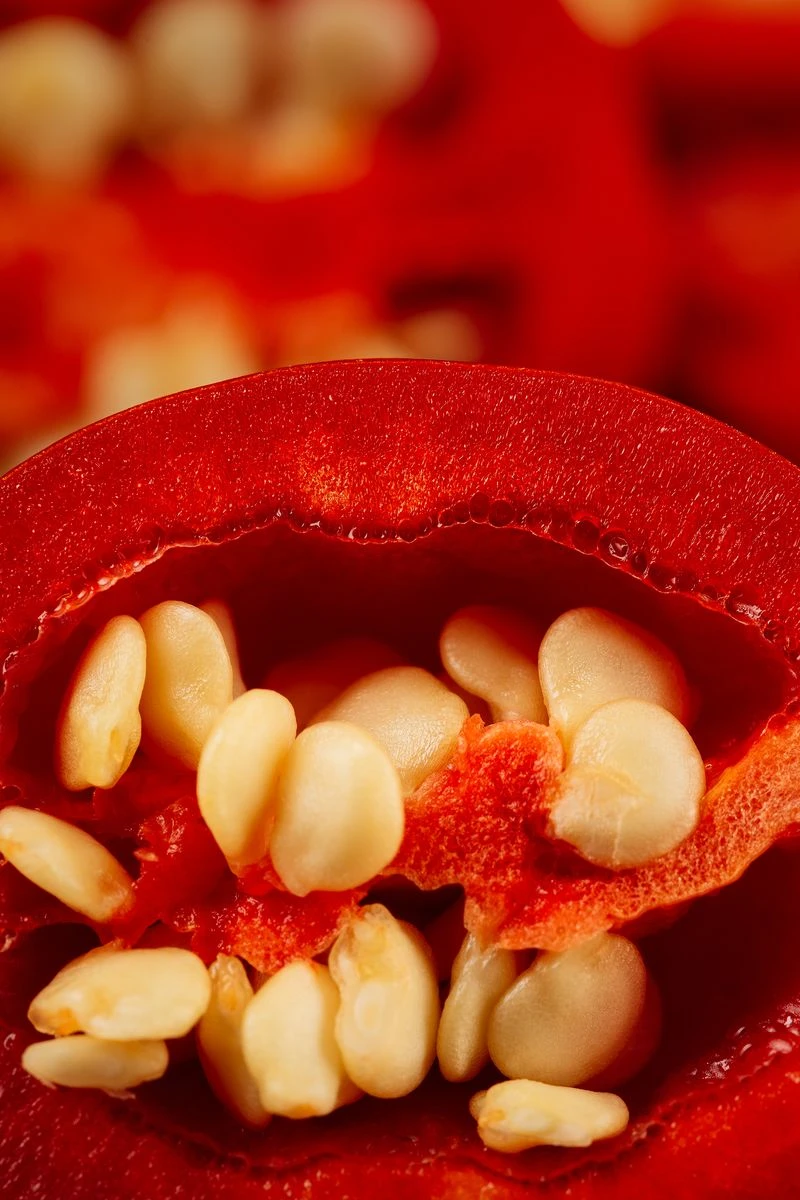
The foundation for a thriving pepper plant begins with selecting quality seeds. High-quality seeds lead to robust plants with higher yield potential. When choosing seeds, consider varieties known for their vigor and resistance to diseases. Opt for fresh seeds as older seeds may have reduced germination rates. Starting with these superior seeds offers a solid beginning to your pepper-growing journey, ensuring healthy and rapid growth. Consider sourcing seeds from reputable suppliers who guarantee their quality. This simple step sets the stage for bountiful pepper harvests.
Use Well-Draining Soil
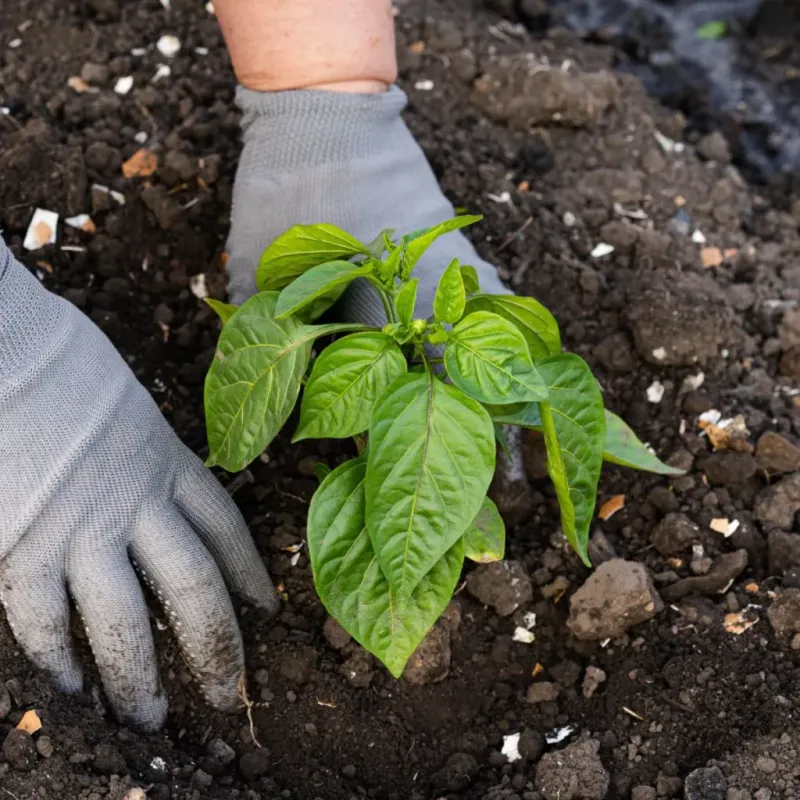
Healthy soil is crucial for pepper growth. Ensure your soil is rich and well-draining to prevent waterlogging, which can hinder root development. Incorporate organic matter like compost or well-rotted manure into your soil to improve its structure and nutrient content. This leads to enhanced root growth and quicker plant development. Testing your soil’s pH and adjusting as necessary can also make a significant difference. Peppers prefer slightly acidic to neutral pH levels, which facilitate nutrient uptake, ultimately boosting growth speed.
Start Indoors Early
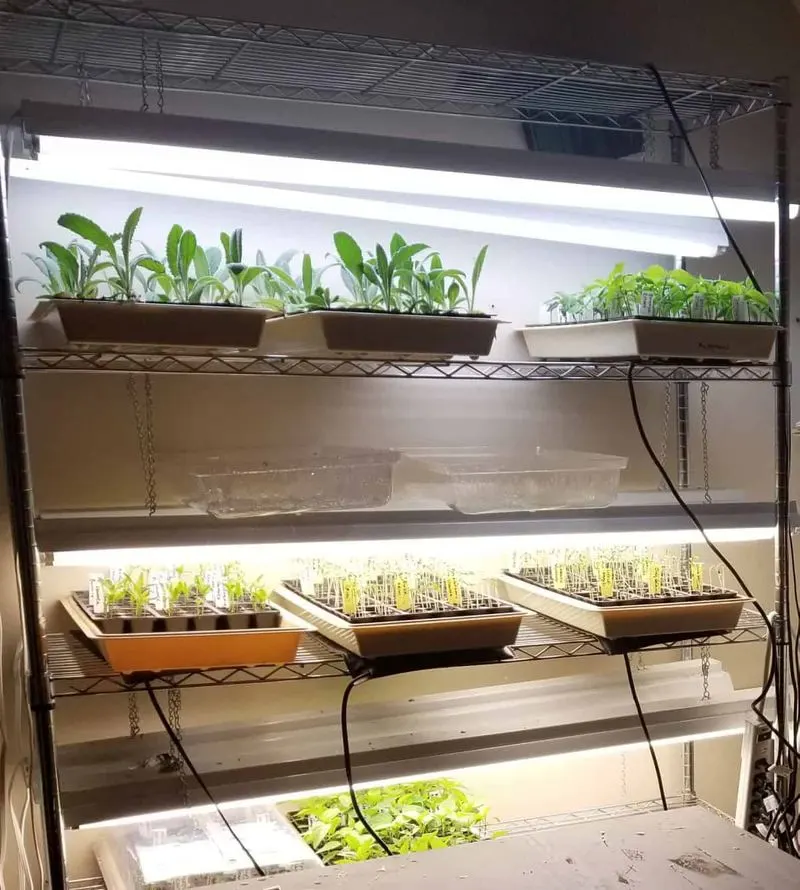
Starting your pepper seeds indoors gives them a head start on the growing season. Using grow lights can further enhance their development by providing consistent light. This practice can result in earlier fruiting and increased yields. Sowing seeds indoors approximately 8-10 weeks before the last frost date allows ample time for seedlings to mature. Transplanting these robust seedlings into your garden leads to faster establishment and growth. This technique is especially beneficial in regions with shorter growing seasons.
Maintain Optimal Temperature

Temperature plays a key role in pepper growth. Peppers thrive in warm conditions, so maintaining an optimal temperature of 70-85°F is essential. Using cloches or row covers can help achieve and maintain these temperatures, especially in cooler climates. Monitoring and adjusting temperatures ensures your plants are not stressed and can focus on growth. This leads to vigorous plants that fruit faster. Be mindful of nighttime temperatures as well, which should not drop below 55°F to avoid stunting growth.
Ensure Adequate Sunlight
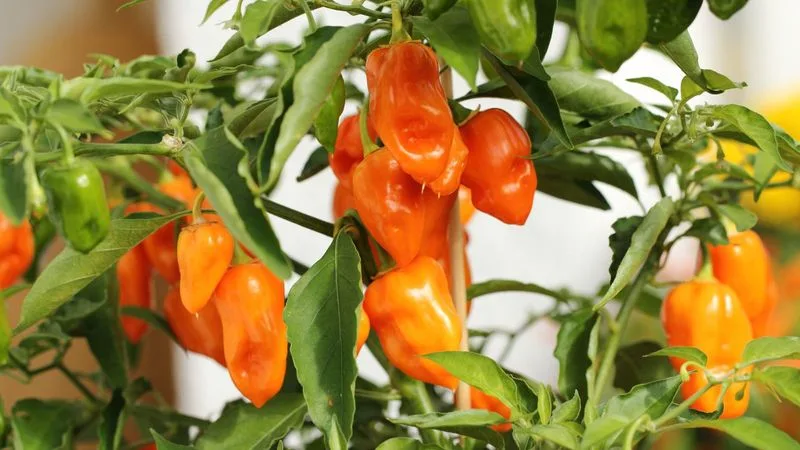
Peppers are sun-loving plants, requiring full sun to produce extensively. Ensure they receive at least 6-8 hours of direct sunlight daily. Position your plants in the sunniest spot in your garden to maximize these benefits. If natural light is insufficient, consider supplementary grow lights to maintain growth. This exposure not only boosts photosynthesis but also accelerates flowering and fruiting. Observing your plants’ response to light can inform necessary adjustments, promoting faster and healthier development.
Water Consistently
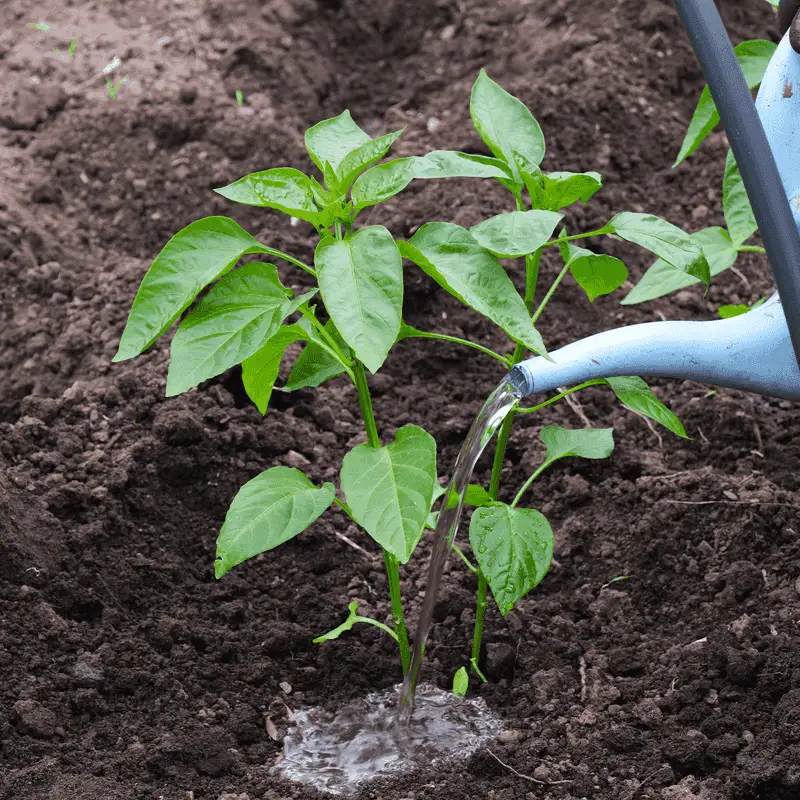
Consistent watering is crucial for pepper plant health. Peppers require regular moisture to develop properly, but over-watering can lead to root rot. Aim for a balanced approach by watering deeply once or twice a week, allowing the soil to dry slightly between waterings. This encourages deep root growth, making plants more resilient and productive. A drip irrigation system can help maintain this balance, delivering water directly to the roots. Monitoring soil moisture levels ensures your plants receive adequate hydration, driving quicker growth.
Fertilize Regularly
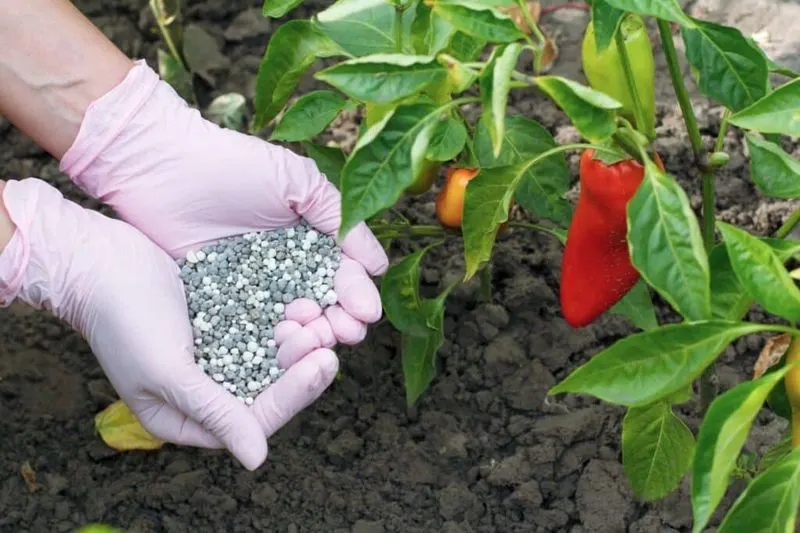
Regular fertilization provides essential nutrients that peppers need for rapid growth. Use a balanced fertilizer with equal parts nitrogen, phosphorus, and potassium for optimal results. Organic options like fish emulsion or compost tea can also be effective. Apply fertilizer every 2-4 weeks during the growing season to maintain nutrient levels. This consistent feeding schedule supports vigorous plant growth and abundant fruit production. Monitoring plant health and adjusting fertilizer types ensures they receive the proper nutrition, enhancing growth speed.
Prune for Better Growth
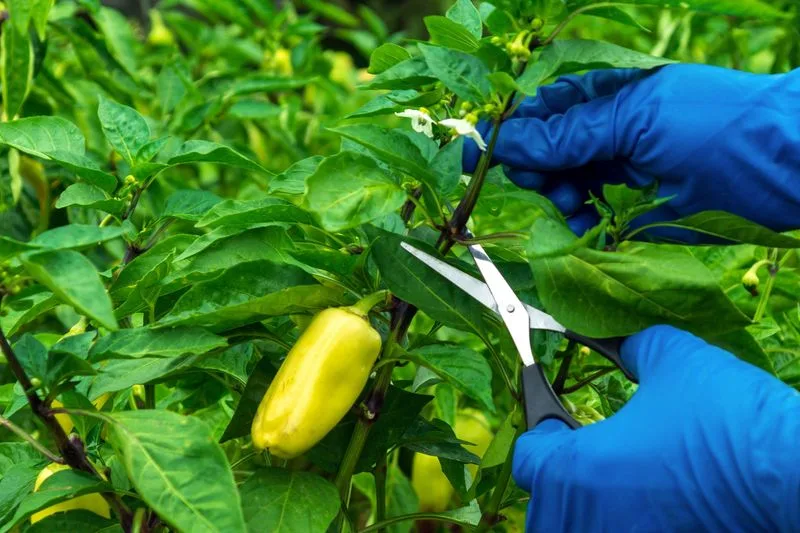
Pruning can significantly impact pepper plant growth. Removing excess leaves and non-productive branches redirects the plant’s energy towards fruiting. This practice encourages more robust growth and a quicker fruiting process. Start by removing any damaged or yellowing leaves, then focus on thinning out crowded areas. This boosts air circulation, reducing disease risk and promoting healthy development. Pruning should be done carefully to avoid damaging the plant. The result is a well-structured plant that fruits more efficiently.
Mulch to Retain Moisture
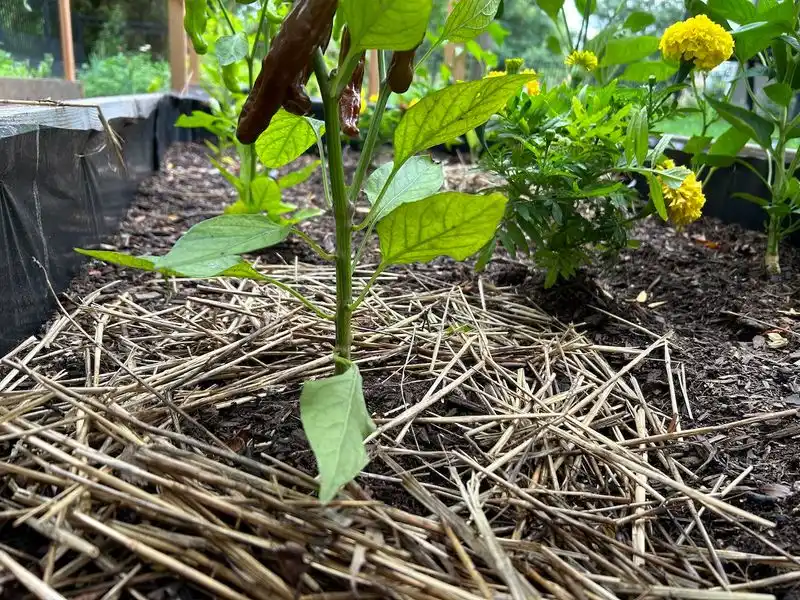
Mulching is an effective practice to retain soil moisture and regulate temperature. By covering the soil with organic mulch such as straw or wood chips, you reduce evaporation and keep roots cool. This leads to consistent moisture levels, crucial for steady growth. Mulch also suppresses weeds that compete for nutrients and water. Applying mulch early in the season can set a foundation for healthy growth. It’s a simple yet powerful step towards ensuring your peppers grow quickly and fruit abundantly.
Control Pests Naturally
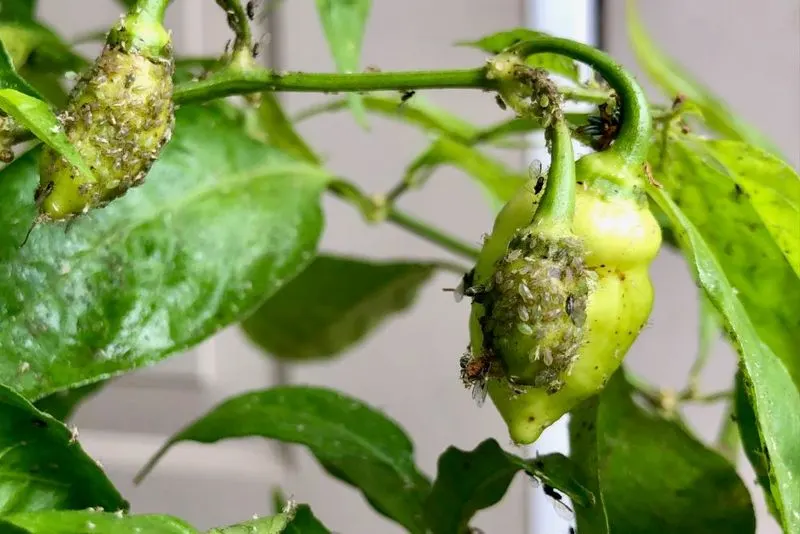
Pest control is essential for healthy pepper plants. Natural solutions like introducing beneficial insects or using neem oil can effectively manage pest populations. Ladybugs, for instance, are great allies in controlling aphids. Regularly inspecting plants for signs of infestation allows for early intervention. Keeping plants pest-free ensures they can focus on growth and fruiting. Avoiding harsh chemical pesticides also protects beneficial organisms that support plant health. This holistic approach promotes vigorous growth and abundant yields.
Rotate Crops Annually
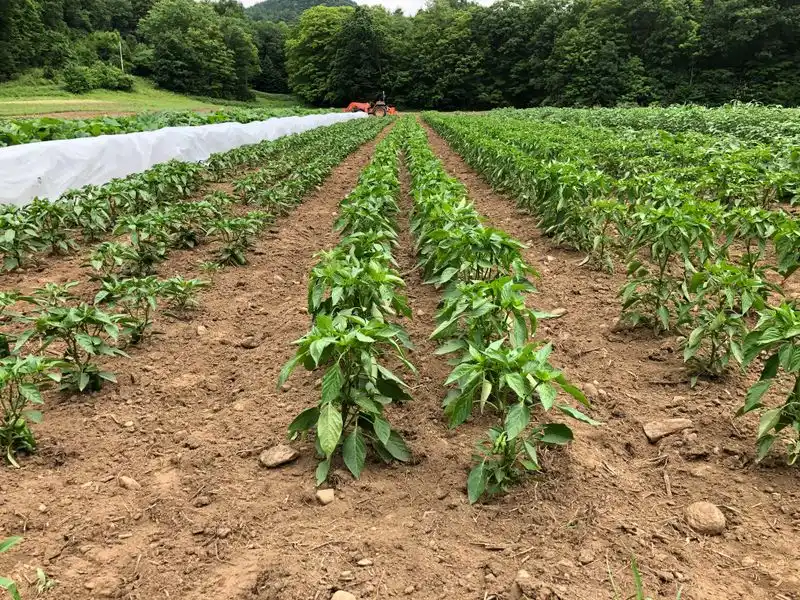
Crop rotation is a thoughtful practice that enhances soil health and reduces disease risk. Avoid planting peppers in the same spot annually; instead, rotate with other crop families. This reduces soil-borne diseases and pest buildup that can hamper growth. By varying plant locations, you maintain nutrient levels while promoting healthier plants. Rotating helps in breaking pest life cycles and improving soil structure. This strategy supports quicker growth and plentiful fruiting, contributing to a thriving garden ecosystem.
Provide Support Structures
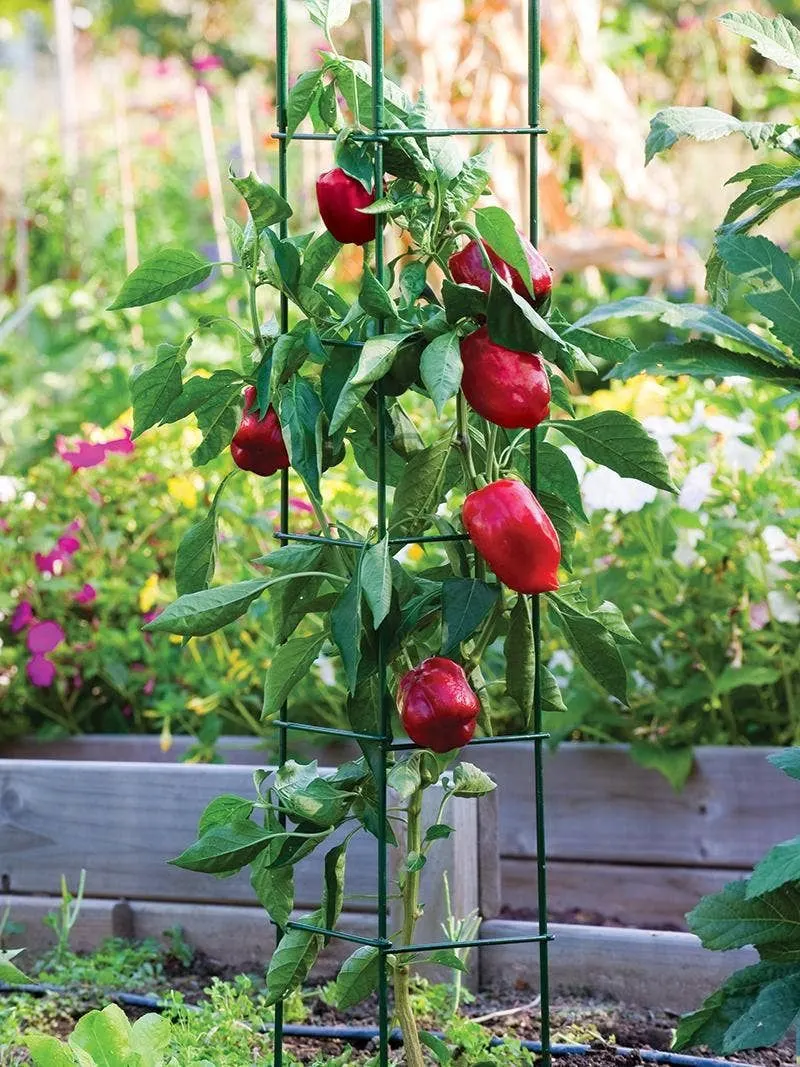
Supporting pepper plants with stakes or cages can prevent branches from breaking under the weight of fruit. This support allows plants to focus energy on growth and fruit production rather than repairing damage. Installing these structures early helps guide growth and ensures stability. This simple intervention helps in maintaining plant health and accelerates fruiting. Support structures also enhance air circulation, further reducing the risk of disease. By providing this physical aid, your peppers can grow more robustly and fruit faster.
Harvest Promptly
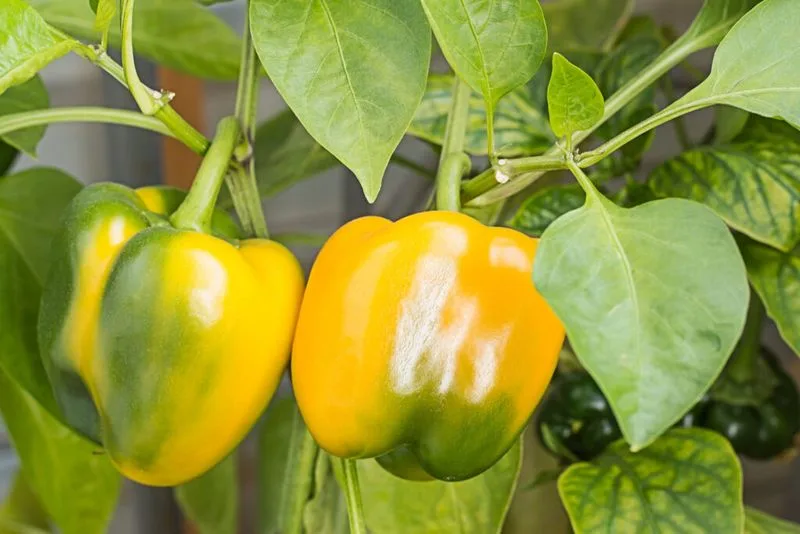
Timely harvesting encourages continuous fruiting and growth. Picking peppers as soon as they mature signals the plant to produce more fruit. This practice can lead to multiple harvests throughout the growing season. Observing the ripeness of peppers and acting promptly maintains the plant’s productivity. Frequent harvesting prevents overripening, ensuring quality produce and extending the growing season. This approach keeps plants vigorous and fruiting consistently, maximizing your pepper yield. It’s a rewarding way to keep your garden productive and thriving.

